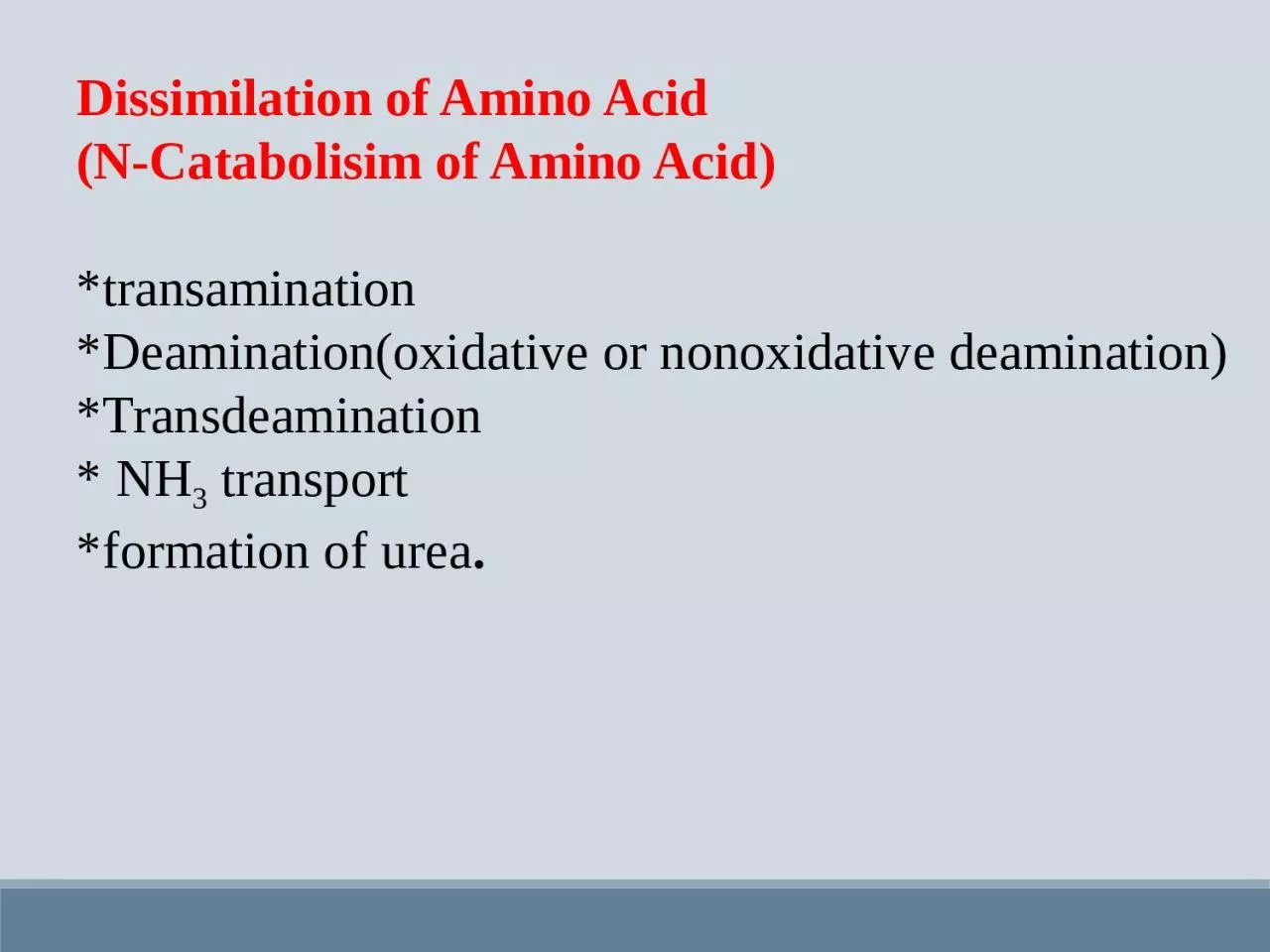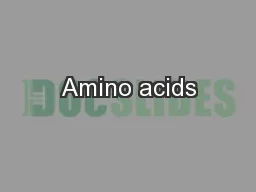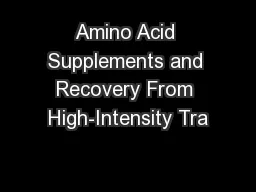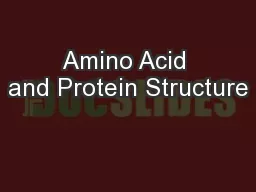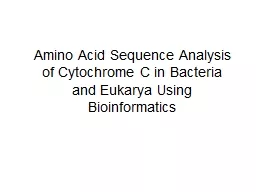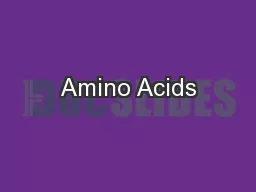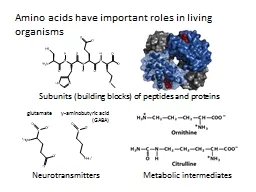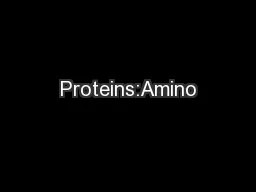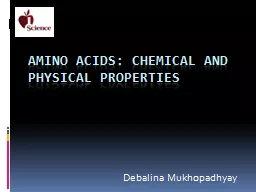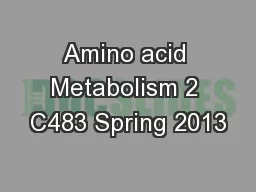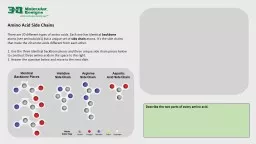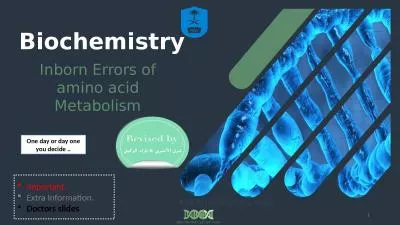PPT-Dissimilation of Amino Acid
Author : ani | Published Date : 2022-06-28
N Catabolisim of Amino Acid transamination Deaminationoxidative or nonoxidative deamination Transdeamination NH 3 transport formation of urea Transamination
Presentation Embed Code
Download Presentation
Download Presentation The PPT/PDF document "Dissimilation of Amino Acid" is the property of its rightful owner. Permission is granted to download and print the materials on this website for personal, non-commercial use only, and to display it on your personal computer provided you do not modify the materials and that you retain all copyright notices contained in the materials. By downloading content from our website, you accept the terms of this agreement.
Dissimilation of Amino Acid: Transcript
Download Rules Of Document
"Dissimilation of Amino Acid"The content belongs to its owner. You may download and print it for personal use, without modification, and keep all copyright notices. By downloading, you agree to these terms.
Related Documents

